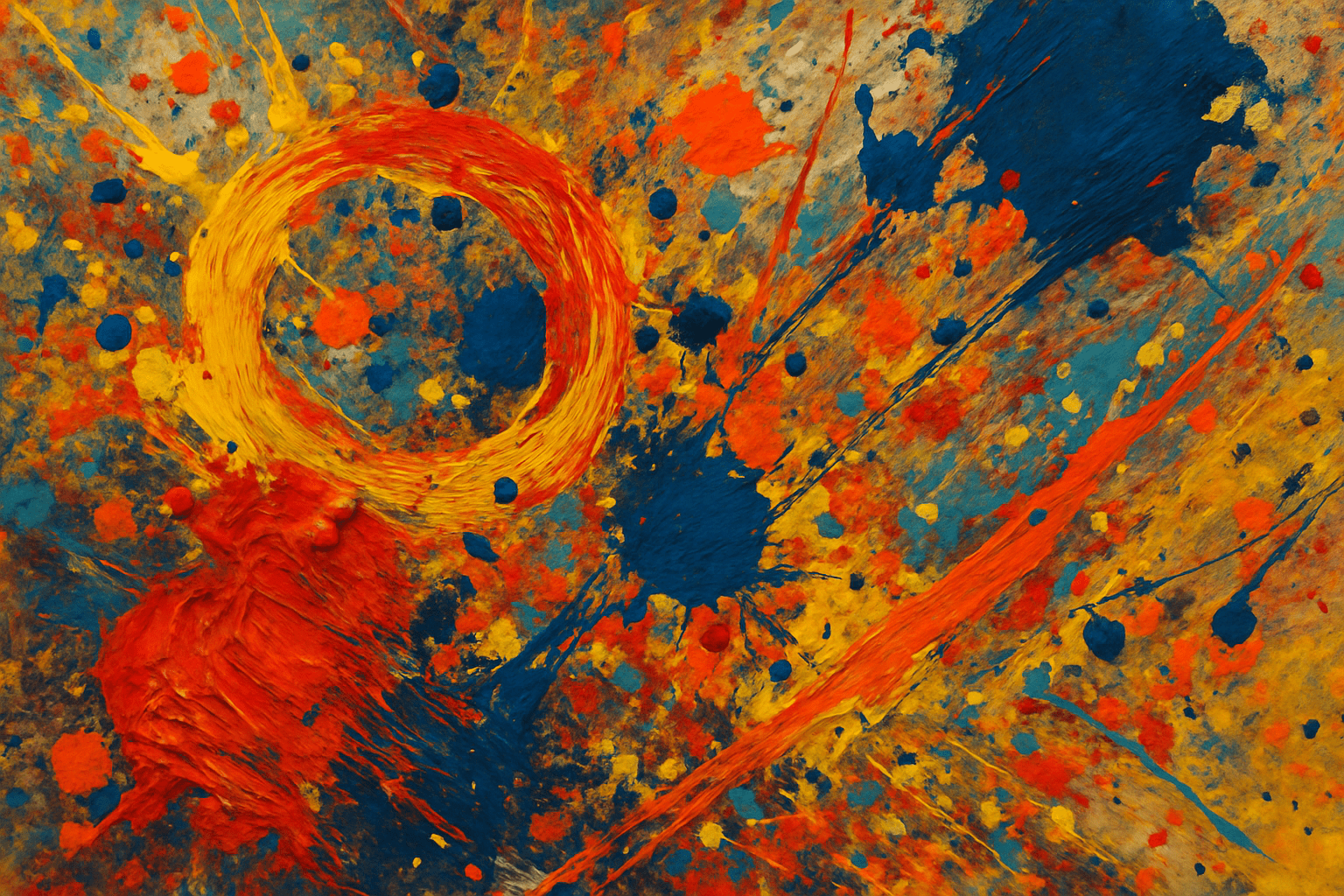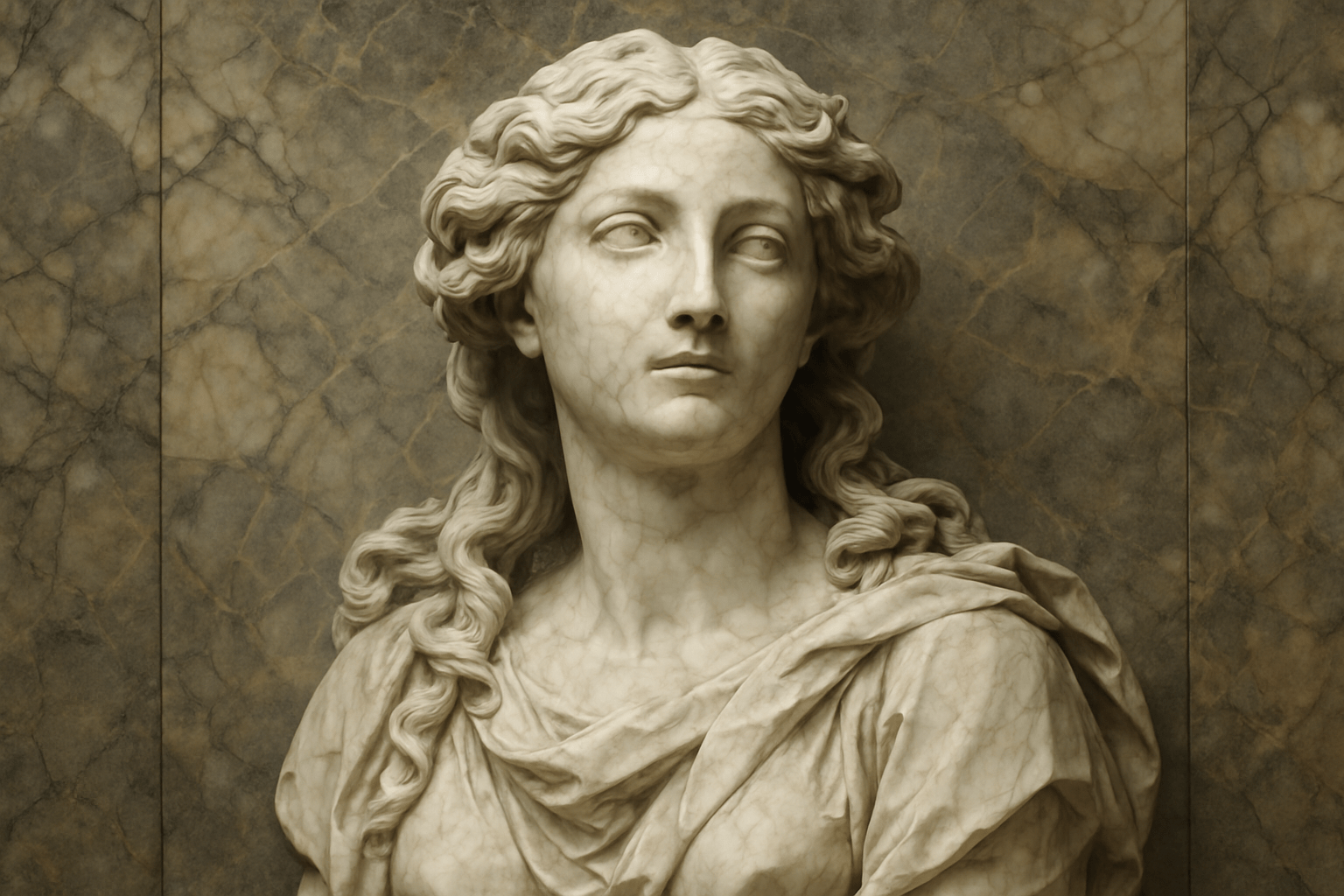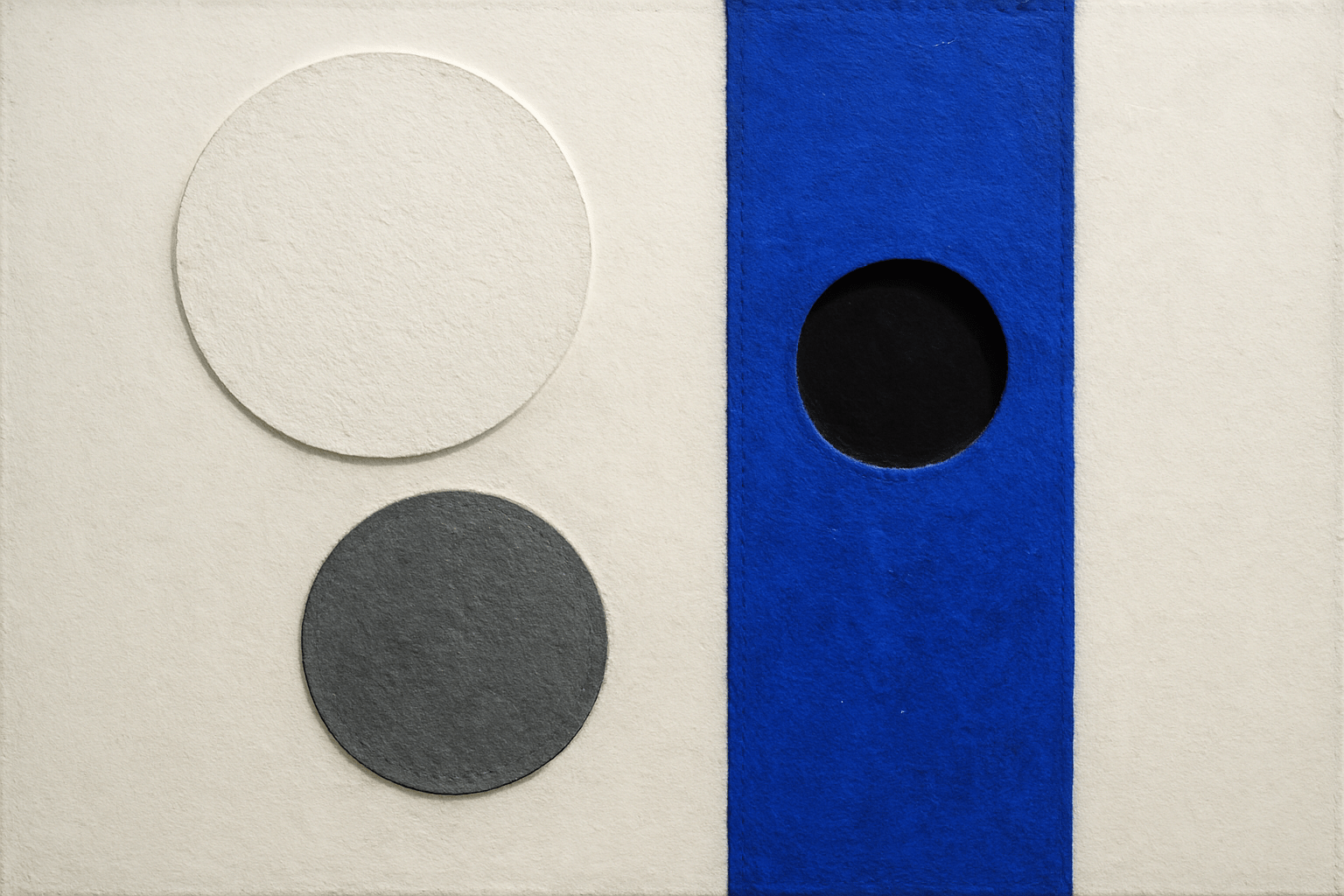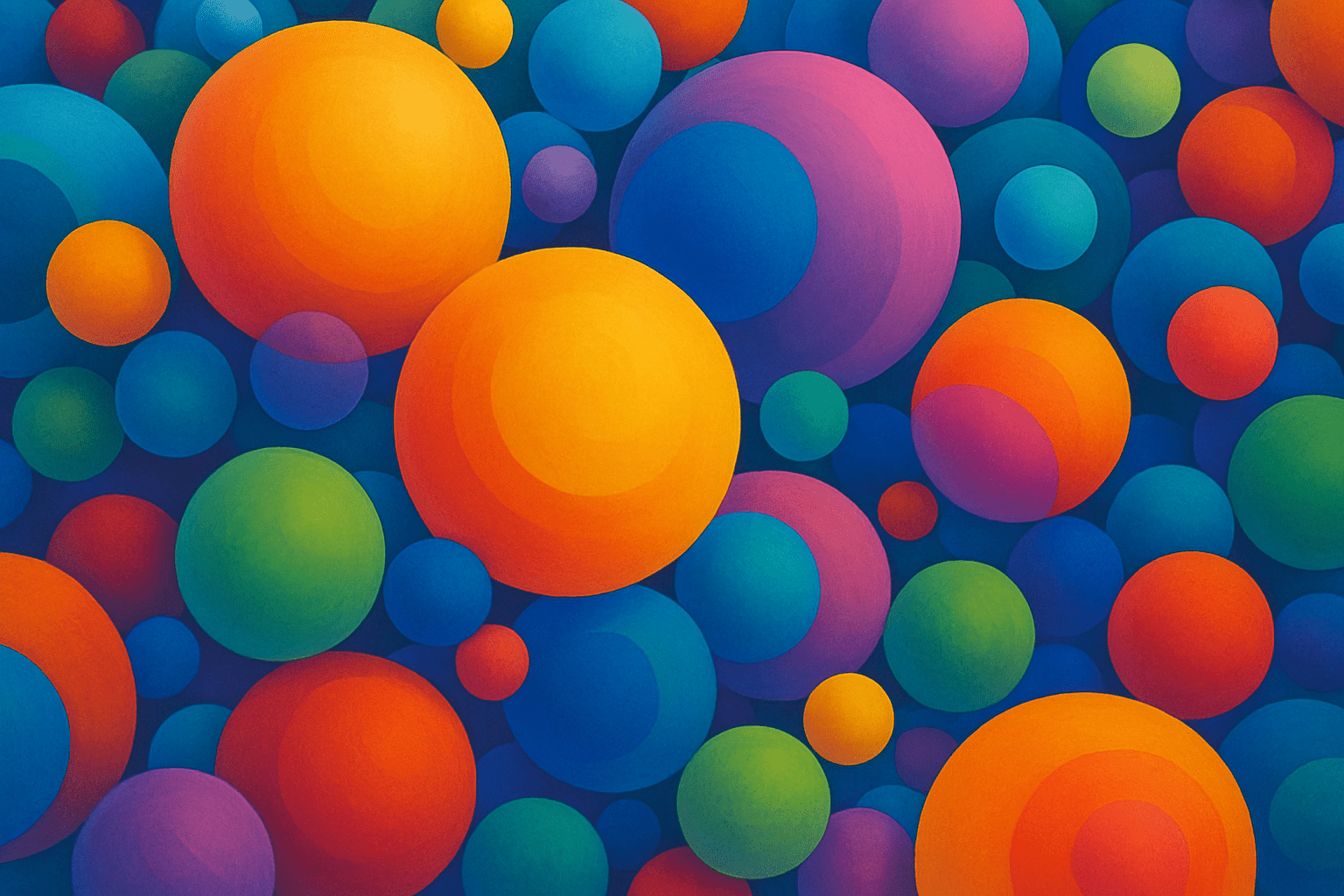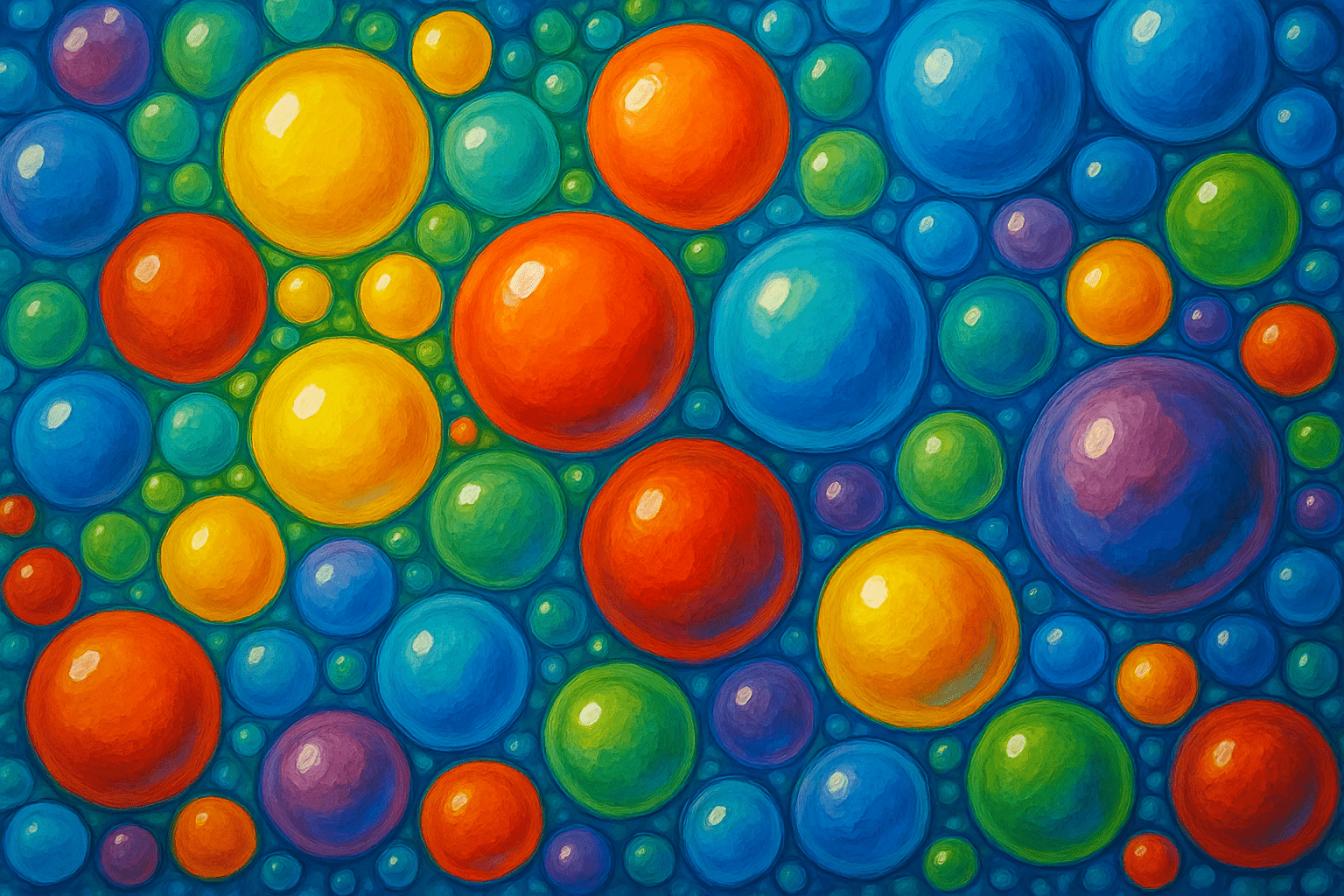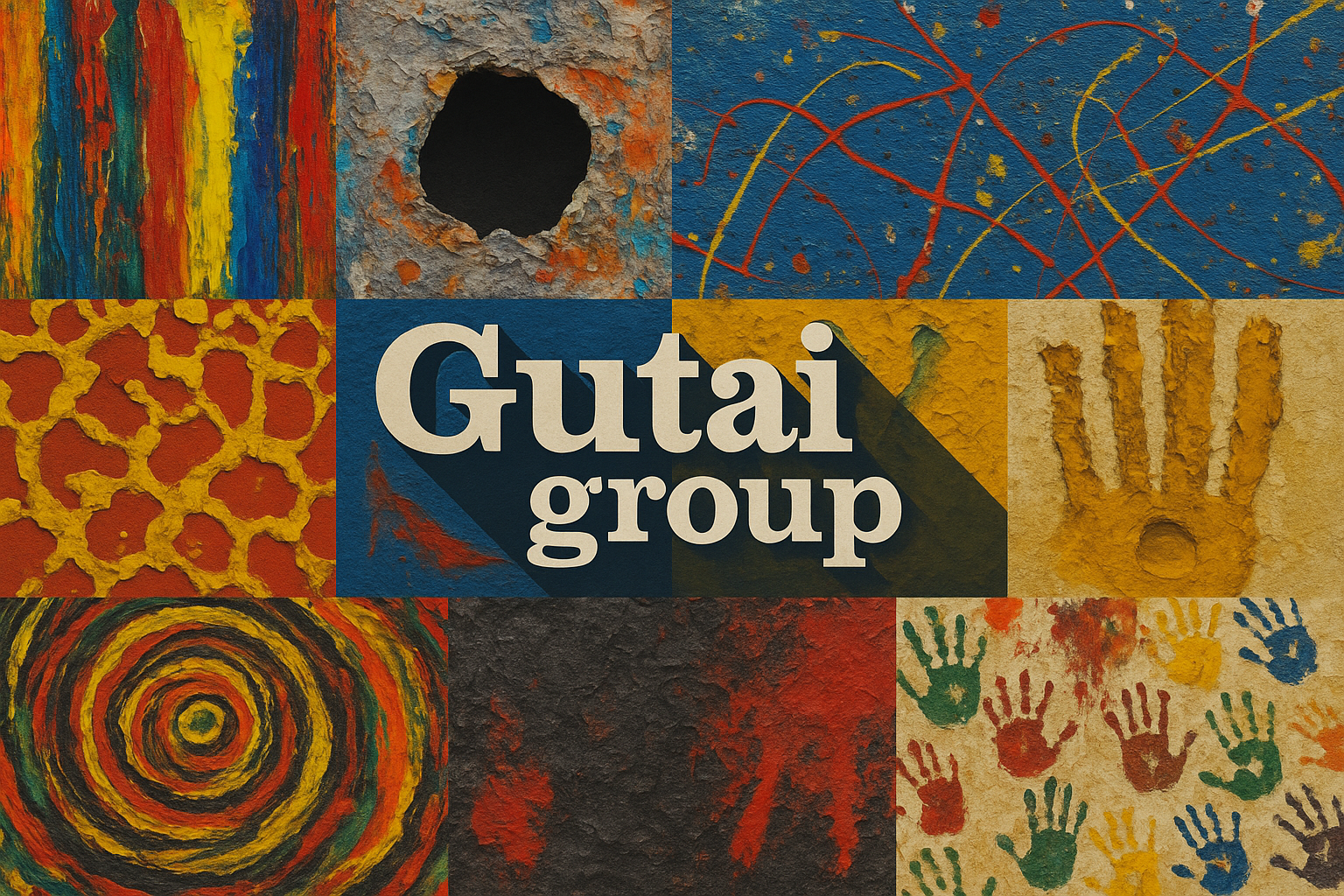
Gutai group
The Gutai group was a Japanese avant-garde art movement that is characterized by its use of unconventional materials and techniques. The group’s name comes from the Japanese word “gutai”, which means “concreteness” or “embodiment”. The Gutai group was founded in 1954 by Yoshihara Jiro and includes such notable members as Yoshida Minoru, Shiraga Kazuo, and Atsuko Tanaka. The group’s manifesto, which was published in 1956, stated that their goal was to “create a new art that would transcend the boundaries of painting and sculpture”. The Gutai group is known for their experimental approach to art-making, and their work often incorporates found objects and everyday materials.
AOI thinking about Gutai group [+_~]-/
Overview and Quickfacts
The Gutai group was a Japanese avant-garde art collective that was founded in 1954. The group is known for their experimental and innovative approach to art making, which often involved using new and unconventional materials and techniques. The group’s philosophy was based on the idea that art should be an expressive and transformative experience for both the artist and the viewer. The Gutai group disbanded in 1972, but their legacy continues to influence artists and thinkers around the world.
Can understand it also, as:
I was to lazy, and still am!! Contact me, and I will update.
Categorize it as:
Impressionism, Modernism
.: Dreaming :.
holds a HAIKU for the art style
:. Thought is power .:
Detailed Description
The Gutai group was a Japanese avant-garde art collective that was active from 1954 to 1972. The group is known for their experimental and innovative approach to art making, which challenged traditional notions of what art could be. The Gutai group was founded by Yoshihara Jiro, who was inspired by the Dada movement and the work of European avant-garde artists such as Marcel Duchamp. The group’s name comes from a Japanese word meaning “concreteness” or “embodiment.” The Gutai group’s manifesto, which was published in 1956, called for an art that was “directly connected to the daily life of the people.” The group believed that art should be accessible to everyone and that it should be created using new and innovative techniques. The Gutai group was known for their experimental performances, which often incorporated everyday objects. They also held exhibitions in which the public was invited to interact with the artworks. Some of the most famous members of the Gutai group include Yoshihara Jiro, Nakanishi Atsuko, Shiraga Kazuo, and Tanaka Atsuko. Yoshihara Jiro’s “Action Painting” (1955) is one of the most iconic works of the Gutai group. The painting consists of a black square that has been slashed with a knife, creating a web-like pattern. Nakanishi Atsuko’s “Mirror” (1957) is another famous work by the Gutai group. The painting is a circular mirror that has been broken into pieces and then reassembled. Shiraga Kazuo’s “Footprints” (1958) is a performance piece in which the artist used his feet to paint on a canvas. Tanaka Atsuko’s “Time” (1972) is a video work that captures the passage of time through the use of a single static camera shot. The Gutai group had a significant impact on the development of Japanese avant-garde art in the postwar period. The group’s experimental approach to art making was influential to subsequent generations of artists.
.. beep, beep, beep ..
<START OF TRANSMISSION>
1. The Gutai group was founded in 1954 by Yoshihara Jiro in Osaka, Japan. 2. The group was made up of 13 artists, including Yoshihara himself. 3. The group was active until 1972. 4. The group is considered to be one of the most important avant-garde movements of the 20th century. 5. The group's name comes from a Chinese characters meaning "concreteness" or "embodiment". 6. The group was heavily influenced by Dadaism and Surrealism. 7. The group's manifesto, published in 1956, called for an art that was "direct, concrete, and expressive". 8. The group was known for their experimental and innovative approach to art-making. 9. They often used non-traditional materials and techniques in their work. 10. The group held numerous exhibitions, both in Japan and abroad. 11. The group's work is held in many major museums and galleries around the world. 12. Yoshihara Jiro is considered the leader and driving force behind the group. 13. Yoshihara was heavily influenced by the work of French artist Jean Dubuffet. 14. The group's work is often seen as a reaction against the traditional values of Japanese society. 15. The group was also influenced by Western ideas of individualism and self-expression. 16. The group's work often challenged traditional notions of what art could be. 17. The group's approach to art-making was often seen as radical and subversive. 18. The group's work continues to be influential and highly respected today. 19. The group's legacy is evident in the work of many contemporary artists. 20. The group's work is an important part of the history of Japanese art.
<EOF>
.. robbel bob
Visual Examples from our image gallery
Coming soon, we are so slow .. might never come
Artists, Paintings, and more
(be aware, can be highly speculative)
Artists (be aware, speculation possible):
1. Kazuo Shiraga (1924-2008) 2. Sadamasa Motonaga (1922-2011) 3. Shozo Shimamoto (1928-2013) 4. Jiro Yoshihara (1905-1972) 5. Atsuko Tanaka (1932-2005) 6. Kansuke Yamamoto (1918-1979) 7. Akira Kanayama (1919-2015) 8. Masatoshi Nakayama (1917-2002) 9. Yoshio Yoshida (1927-1995) 10. Susumu Koshimizu (1926-2001) 11. Yoshihara Ushio (1933-1985) 12. Shigeo Arikawa (1923-1998) 13. Yoshinori Mizutani (1925-2007) 14. Akira Tatehata (1929-1997) 15. Shozo Kitadai (1930-2012) 16. Akira Hamaguchi (1925-2015) 17. Kiyoji Otsuji (1927-1990) 18. Sadaharu Horio (1923-2017) 19. Kiyoshi Hasegawa (1925-2007) 20. Shigeo Anzai (1923-2010) 21. Katsuhiro Yamaguchi (1929-2006) 22. Akira Ono (1929-2011) 23. Shigeki Matsuyama (1930-1975) 24. Kiyoshi Awazu (1929-2013) 25. Tetsumi Kudo (1935-1990) 26. Yoshihisa Tagami (1937-2012) 27. Chiyoko Tanaka (1933-2005) 28. Akira Suei (1933-2014) 29. Tomio Miki (1937-2014) 30. Nobuo Sekine (1942-2015)
Artworks (be aware, speculation possible)
1. “A-Bomb Dome” by Shozo Shimamoto, 1955 2. “Accumulation” by Yoshihara Jiro, 1954 3. “Action” by Sadamasa Motonaga, 1956 4. “Action Painting” by Atsuko Tanaka, 1955 5. “Black Square” by Kazuo Shiraga, 1956 6. ” Broken Column” by Shozo Shimamoto, 1957 7. “Circle” by Akira Kanayama, 1957 8. “Drip Painting” by Yoshihara Jiro, 1954 9. “Eclipse” by Sadamasa Motonaga, 1957 10. ” Explosion” by Atsuko Tanaka, 1957 11. ” Fire” by Akira Kanayama, 1957 12. ” Flame” by Shozo Shimamoto, 1957 13. ” Gutai Art on the Stage” by Yoshihara Jiro, 1955 14. ” Gutai Pinacotheca” by Sadamasa Motonaga, 1956 15. ” Gutai Work” by Atsuko Tanaka, 1957 16. ” Ink on Paper” by Kazuo Shiraga, 1957 17. ” Line” by Akira Kanayama, 1957 18. ” Mountain” by Shozo Shimamoto, 1957 19. ” My Soul” by Yoshihara Jiro, 1957 20. ” My Work” by Sadamasa Motonaga, 1957 21. ” Painting” by Atsuko Tanaka, 1957 22. ” Point” by Kazuo Shiraga, 1957 23. ” Rainbow” by Akira Kanayama, 1957 24. ” River” by Shozo Shimamoto, 1957 25. ” Sky” by Yoshihara Jiro, 1957 26. ” Stone” by Sadamasa Motonaga, 1957 27. ” Sun” by Atsuko Tanaka, 1957 28. ” Tree” by Kazuo Shiraga, 1957 29. ” Water” by Akira Kanayama, 1957 30. ” Wind” by Shozo Shimamoto, 1957
Epoch
The Gutai group was founded in 1954 and lasted until 1972.
AI ART RESSOURCES (AKA, well Tools)
Helping tools -> predefined search links on other pages:
